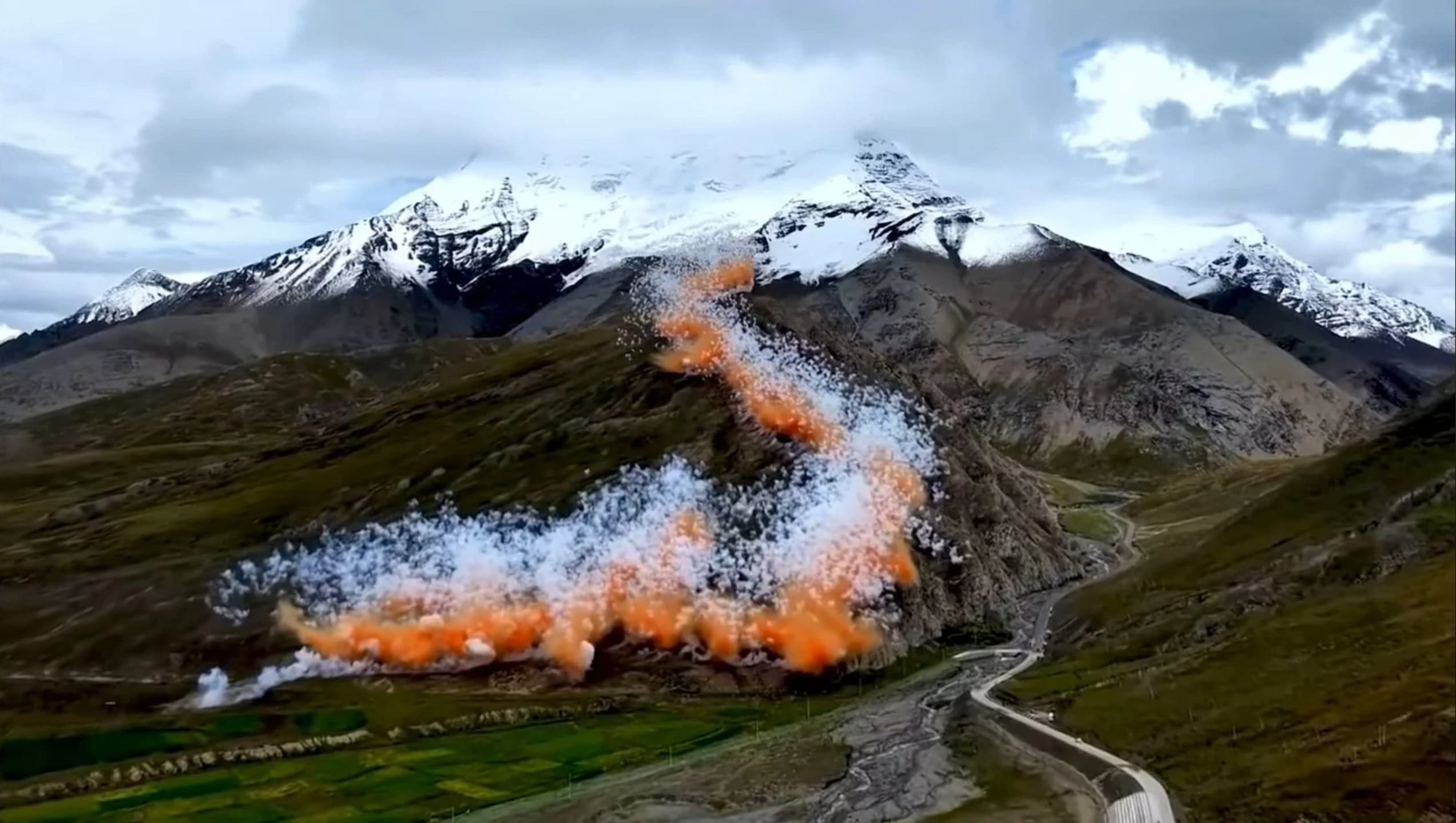Loading News Article...
We're loading the full news article for you. This includes the article content, images, author information, and related articles.
We're loading the full news article for you. This includes the article content, images, author information, and related articles.
Four Chinese officials have been dismissed following public outcry and an investigation into an Arc'teryx-sponsored fireworks display in Tibet that caused environmental disturbance in a sensitive high-altitude ecosystem.

Four Chinese officials have been dismissed and others warned after a controversial fireworks display in Tibet's Shigatse city, sponsored by outdoor apparel brand Arc'teryx and designed by artist Cai Guo-Qiang, sparked widespread environmental concerns last month. The incident, which involved a 'Rising Dragon' themed pyrotechnic show on Thursday, September 19, 2025, led to significant public criticism and a subsequent investigation by local authorities.
The sacked officials include Gyantse county's Communist Party secretary, its public security chief, and two senior members from county and city-level environmental agencies. Their dismissal follows an investigation report released on Tuesday, October 15, 2025, by Shigatse authorities, which found that the fireworks show was approved without collective deliberation, violating decision-making procedures.
The fireworks display, which lasted for approximately 52 seconds and involved 1,050 firework pots, impacted an area of about 30.06 hectares (74 acres) of grassland. The investigation concluded that the event constituted a "human-induced disturbance in a high-altitude ecologically sensitive area," causing localised environmental impacts. While the short-term direct pollution and damage were deemed limited, the report highlighted potential ecological risks requiring ongoing monitoring.
Authorities noted that the fireworks generated remnants, plastic debris, and other waste that were not thoroughly cleaned up. Additionally, the instantaneous bright light and loud noise caused short-term disturbance to wild animals. The report also found that land levelling operations, human foot traffic, and vehicle movement during the event damaged the soil and grass mat structure.
Arc'teryx and Cai Guo-Qiang had issued apologies on Sunday, September 22, 2025, following the initial backlash, with Arc'teryx stating the event was "out of line with Arc'teryx's values." Cai Guo-Qiang also expressed "sincere apologies" and pledged to assist with any necessary cleanup. The Shigatse city government has initiated legal proceedings, holding Cai's studio legally accountable for environmental damage compensation and ecological restoration, with Arc'teryx also bearing corresponding legal responsibilities as a sponsor.
The Tibetan Plateau, often referred to as the "Third Pole," is recognised as one of the world's most climate-sensitive regions. Environmental experts have warned that even minor disturbances can cause lasting harm, and restoring damaged land in this harsh climate and fragile ecosystem is challenging.
In Kenya, environmental impact assessments (EIAs) are a crucial tool for evaluating the potential effects of proposed projects on the environment. Under the Environmental Management and Coordination Act (EMCA) of 1999, NEMA mandates EIAs for all projects likely to have a negative environmental impact, classifying them into low, medium, and high-risk categories. This process ensures that environmental considerations are integrated into decision-making and promotes public participation.
Globally, fireworks displays have been linked to various environmental concerns, including air pollution from particulate matter and trace metals, and water contamination from chemicals like perchlorate. Some cities, such as Zhengzhou and Beijing in China, have implemented fireworks bans to improve air quality.
While the investigation has led to accountability for local officials and the involved parties, the long-term ecological impact on the affected grassland area in Tibet remains a subject for ongoing monitoring. The effectiveness of the proposed environmental restoration measures by Arc'teryx and Cai Guo-Qiang's studio will be closely watched.
Further updates are expected on the environmental restoration efforts and the legal proceedings initiated by the Shigatse administrative authorities. The incident highlights the increasing scrutiny on corporate environmental responsibility, particularly in ecologically sensitive regions, and the role of local governance in approving such events.
Keep the conversation in one place—threads here stay linked to the story and in the forums.
Other hot threads
E-sports and Gaming Community in Kenya
Active 6 months ago
Popular Recreational Activities Across Counties
Active 6 months ago
The Role of Technology in Modern Agriculture (AgriTech)
Active 6 months ago
Investing in Youth Sports Development Programs
Active 6 months ago